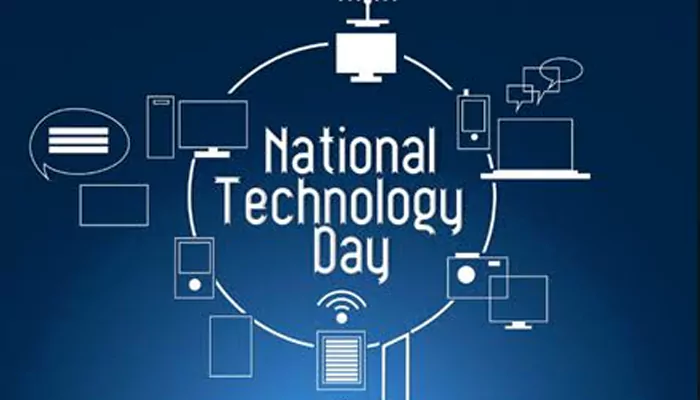
Nowadays, agriculture has undergone a transformative revolution, embracing technology to enhance efficiency, productivity, and sustainability. Digital farming, also known as precision agriculture, has emerged as a vital player in this hi-tech evolution. This cutting-edge approach leverages advanced technologies, data analytics, and connectivity to optimize every aspect of the farming process.
The Foundation of Digital Farming: At the core of digital farming lies technologies such as GPS, sensors, drones, and data analytics to collect and analyze vast amounts of information. This data-driven approach allows farmers to make informed decisions, tailor their practices to specific needs, and maximize resource utilization. It will provide future predictions based on past data and protect the crops from any inconveniences.
Precision in Planting: Digital farming enables precise planting through GPS-guided equipment. Farmers can optimize seed placement, spacing, and depth, which results in improved crop uniformity and reduced seed wastage. This level of precision allows for better crop management and higher yields.
Smart Irrigation: Water scarcity is a significant concern in agriculture, and digital farming addresses this challenge through irrigation systems. Sensors in the field monitor soil moisture levels, weather conditions, and crop requirements in real time. We can use this data to optimize irrigation schedules, ensuring that crops receive the right amount of water at the right time. It will also reduce the waste of excessive water in agricultural fields.
Crop Monitoring with Drones: Drones equipped with cameras and sensors have become invaluable tools for crop monitoring. They provide a bird's-eye view of the field, allowing farmers to identify issues such as pests, diseases, or nutrient deficiencies early on. This proactive approach enables timely intervention, reducing the need for widespread pesticide use and minimizing crop loss.
Data-Driven Decision Making: The collection and analysis of data in digital farming empower farmers to make data-driven decisions. Advanced analytics tools process information related to soil health, weather patterns, and crop performance. This insight helps farmers optimize their practices, from choosing the perfect crops for a specific field to adjusting fertilizer application based on soil nutrient levels.
Automated Machinery: The integration of automation in farming machinery further enhances efficiency. Tractors and harvesters equipped with autonomous technology can perform tasks with high accuracy, freeing up human labor for more strategic and complex activities. It not only increases productivity but also reduces the physical demands on farmers.
Challenges and Opportunities: While digital farming presents significant opportunities for the agricultural sector, it also comes with challenges. We must overcome the initial investment in technology and the need for adequate training for farmers are hurdles. With that, data privacy and cybersecurity highlight the importance of establishing secure systems for managing and storing vast amounts of agricultural data. However, the benefits far outweigh the challenges. Digital farming has the potential to revolutionize agriculture by promoting sustainability, increasing efficiency, and ensuring food security for a growing global population.
In conclusion, digital farming is not just a technological upgrade for agriculture; it is a paradigm shift that promises to redefine how we approach food production. The integration of precision agriculture techniques not only maximizes yields and minimizes resource usage but also contributes to the overall sustainability of farming practices. As technology continues to advance, the future of agriculture looks increasingly digital, marking a new era where the harvest is not just about the quantity of crops but also about the quality and sustainability of our food sources.












